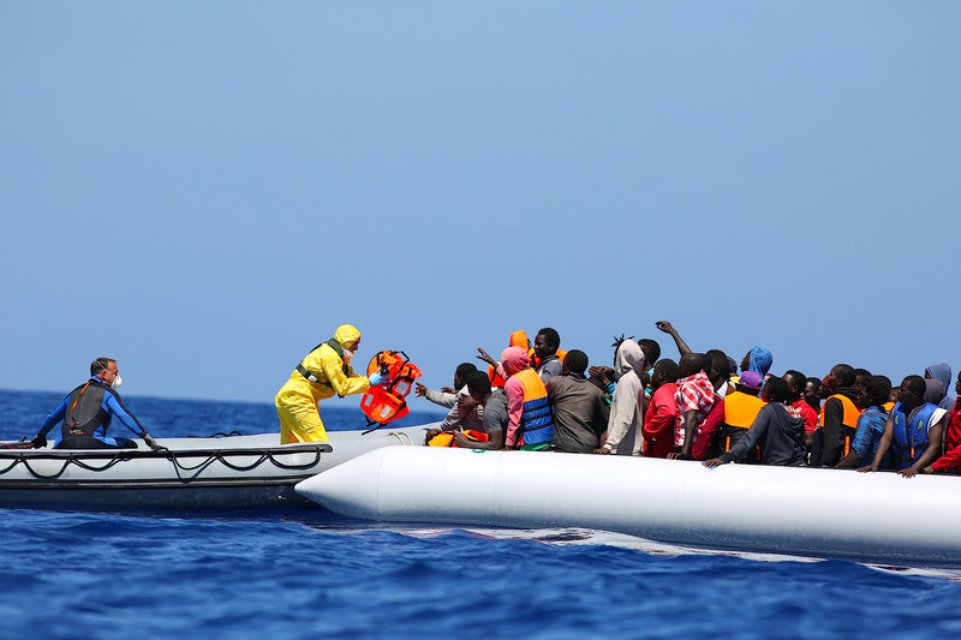Italy declared a state of emergency due to a “sharp increase” in the number of migrants coming onto its beaches via the dangerous Mediterranean route.
It is the first time Italy has taken such extreme action since 2011, at the height of Europe’s migrant crisis.
According to Italy’s Ministry of Civil Protection and Maritime Policies, the step was necessary due to an increase in the number of people entering Italy since the beginning of the year, as well as overcrowding in facilities in hotspots such as the island of Lampedusa.
Interior Ministry data shows that over 31,000 migrants have landed in Italy since the beginning of the year, more than tripling the previous year. Many were either saved by Italian military or humanitarian ships or arrived on Italian shores unaided.
Arrivals are projected to continue rising as the weather improves in the spring and summer, with 3,000 individuals arriving in the previous five days alone.
What will the declaration of a state of emergency entail?
The state of emergency, which will last six months, will provide an initial funding of five million euros.
According to Giorgia Meloni’s government, this will be used to build “new structures, suitable both for sheltering as well as the processing and repatriation of migrants who do not meet the requirements to stay.”
As Rome continues its years-long drive to crack down on illegal immigration, improved infrastructure will allow Italy to identify and remove more people who are not entitled to stay.
In Italy, they are known as CPR and are fraught with controversy. For years, non-governmental organizations (NGOs) and human rights organizations have criticized what they describe as harsh and degrading conditions in migrant camps.
While Italy previously declared a state of emergency for illegal immigration in 2011, during the fourth cabinet of media magnate Silvio Berlusconi, the country has lately proclaimed a state of emergency over other matters.
One was declared in 2020 for the COVID-19 pandemic, allowing the government to mandate by decree and temporarily circumvent the lengthy parliamentary funding and regulation process.
Italy’s efforts to limit immigration
Meloni’s government is now attempting to enact some legislation aimed at immigration.
Measures under consideration will expedite the identification and processing of those who do not qualify to remain in Italy.
They could also repeal or change the regulations governing the “special protection” status provided to asylum seekers who are not refugees but cannot be deported because they are considered at risk.
Though the grounds for “special protection” status were once tight, a 2020 change expanded it to anybody who faces persecution in their place of origin due to race, sex, gender, identity, nationality, religion, political views, or personal or social factors.
In Italy, 10,000 persons will be granted special protective status by 2022.
Italy’s efforts to prevent new migrant tragedies
Meloni’s government says that restricting access to it will stop migrants from making the risky travel from North Africa to Italy, preventing catastrophes like the one that occurred in February near Cutreo, in the southern area of Calabria, when 93 people died in a tragic disaster.
According to the Italian government, the state of emergency is only a temporary response to a problem that demands a European-wide solution. Italy has asked Europe to help Italy deal with the influx of migrants.
However, even though European Commission President Ursula von der Leyen recently stated that “it is clear that migration is a European challenge that requires a European solution,” Italy claims it has not yet gotten the necessary support to deal with the growing influx of refugees.

